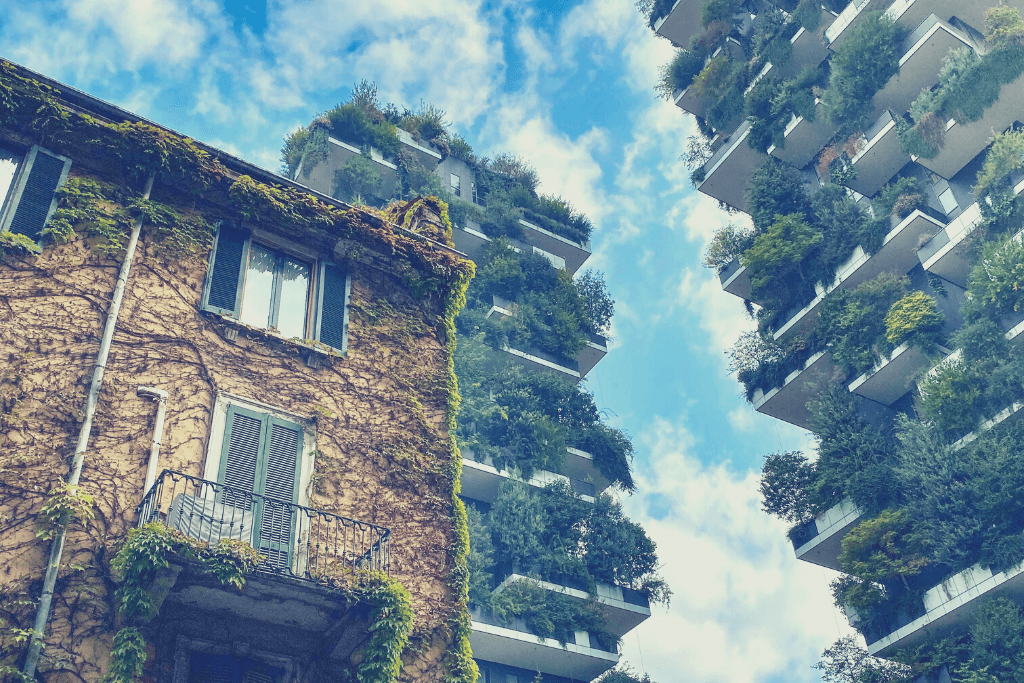“It’s surely our responsibility to do everything within our power to create a planet that provides a home not just for us, but for all life on Earth,” says the legendary natural historian and broadcaster David Attenborough. However, as cities claim an increasing amount of land and resources, rapid urbanization is one of the significant drivers of biodiversity loss around the world. As the built environment continues to expand, we need nature in all its diverse glory more than ever. Urban biodiversity improves air and water quality, mitigates risks of climate change and natural disasters, and boosts our life quality in countless other ways. But can our buildings contribute to urban biodiversity rather than killing it?
While the co-existence of nature and cities might sound counter-intuitive, with the right strategies and design, urban areas can boast impressive biodiversity and even harbor endangered plant and animal species. Many of these solutions can be easy to implement and maintain yet, yield high returns in terms of protecting, and sometimes even enhancing, urban biodiversity — such as the following three ways.
Green Roofs

A green roof is one that nurtures the growth of vegetation on top of a building. This ancient concept, dating back to the famous Hanging Gardens of Babylon, has been enjoying a surge in popularity in architectural circles.
A straightforward urban design solution, green roofs can be a refuge for biodiversity in cities. Although they can be low-maintenance and inexpensive, they can still compensate for a chunk of flora and fauna lost during the urbanization process.
Meanwhile, green roofs can cut down energy bills and help cities become more resilient to climate change and natural disasters while enhancing a sense of well-being for urban dwellers.
Urban Beekeeping

Bees are among the most fascinating species in the animal kingdom. We depend on bees for our survival as their ability to pollinate is directly linked with global food security. As the population of our hungry planet increases, we need bees more than ever, while some bee populations have been declining.
Nevertheless, as the scientific community has been increasingly understanding more about the world’s most hardworking animals, there is some good news: Cities and bee populations can grow at the same time.
There’s increasing evidence that, contrary to what one might expect, urban bees are more resilient than their rural relatives. In cities, they have a winter survival rate of 62.5 percent, compared to just 40 percent in the countryside, while also producing more honey. Therefore, promoting urban beekeeping and opening up some space for bees in our buildings can be a catalyst for sustainability and biodiversity in our cities.
Bird-Friendly Building Design

The glitzy and glassy surfaces in a city disorient birds. Scientists estimate that up a billion birds die every year in the United States alone as a result of colliding with buildings. Especially in immigration seasons, these deaths can have devastating consequences on biodiversity.
Nevertheless, with the right design features and building materials, skyscrapers don’t have to be death traps for birds. Policymakers and designers have been catching on to the issue, passing new regulations and building solutions to prevent avian deaths — and fixing this problem doesn’t have to be complicated.
For instance, even a simple and inexpensive solution, like covering a building’s glass with bird-safe panels covered in ceramic dots, which are invisible to the human eye, reduced avian deaths by 90 percent.






